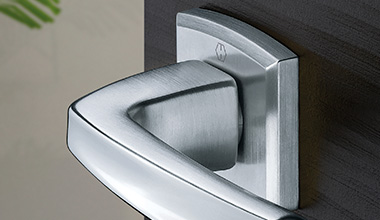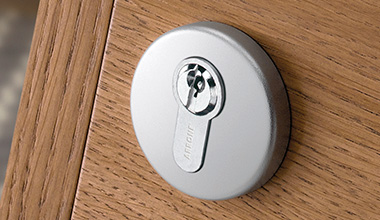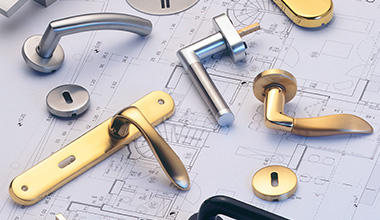BS 8300

BS 8300-2:2018 – Design of Buildings to Meet the Needs of Disabled People – Code of Practice
This British standard explains how the built environment can be designed to anticipate and overcome restrictions that prevent disabled people making full use of premises and their surroundings.
An accessible environment is one which a disabled person can enter and make use of independently or with help from a partner or assistant, including being able to escape in the event of fire or other emergency.
This British standard applies to the following types of buildings:
- Transport and industrial buildings
- Administrative and commercial buildings
- Health and welfare buildings
- Refreshment
- Religious buildings
- Educational, cultural and scientific buildings
- Residential buildings
Door opening furniture that is easily reached, and which provides a secure grip, is of critical importance to disabled people.
To satisfy the recommendations of BS 8300:2018, it should be possible to operate all doors opening furniture one-handed, without the need to grasp or twist. Wherever possible, door opening furniture used in conjunction with lock and latches should have lever action.
Lever Handles:
Lever handles should be “of the return to door type.” They do not have to be round bar. They should not have sharp edges or immediate changes of direction. They should be securely fixed to door by bolt-through fixings and with minimum dimensions 95 mm inside, 45 mm distance away from door and min 19 mm diameter.
Pull Handles:
Pull handles should be bolt fixed to door and have roses to aid the partially sighted. Minimum dimensions are 45 mm distance away from door, 19 mm to 35 mm diameter, and 400 mm length. The upper fixing should be a minimum of 1400 mm above floor level. Pull handles can be longer than 400 mm but not shorter than this.
The latest updates to BS 8300:2018 and Approved Document “M” of the British Building Regulations in relation to ironmongery contain the following recommendations with regard to door operating forces, quoting a maximum figure of 30 N opening force when measured at 0˚ (closed) to 30˚ and 22.5 N when measured between 30˚ and 60˚ open. It is preferable that back check should not operate before about 80˚ open and that the maximum closing force should occur between 0˚ and 15˚ of final closing. It is recommended that doors should also be fitted with high performance hinges which contribute less than 1 N friction per hinge.
Note: It should also be noted that when official testing is carried out it is done so under laboratory conditions. Therefore, it is not possible to say that the same door set and associated hardware which conforms in one location will perform identically in another as other local conditions may apply (smoke and intumescent seals along with differential air pressures being the main factors and consideration).
We have a range of products that satisfy the recommendations contained within BS 8300:2018. However, additional consideration must be given to other installed hardware on doorsets when attempting to satisfy dimensional or opening force recommendations.
Please note: Satisfying recommendations contained within BS 8300:2018 is not mandatory.
Sources:
BSI Standard Publication: BS8300-2:2018 + A1:2010 – Design of building to meet the needs of disabled people – Code of Practise




